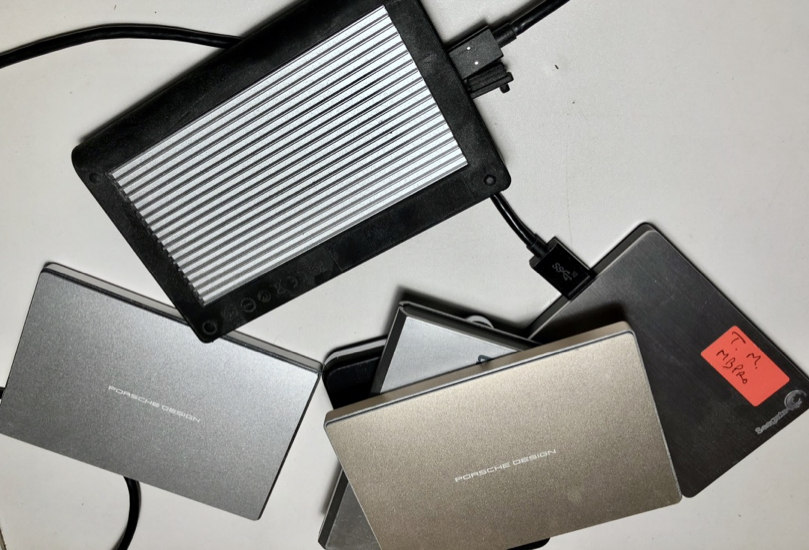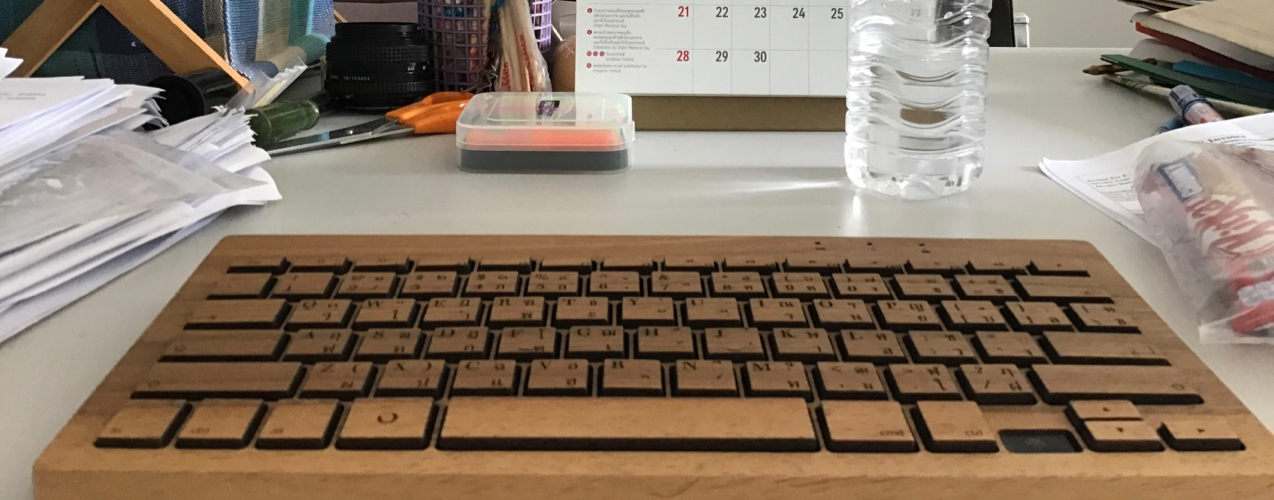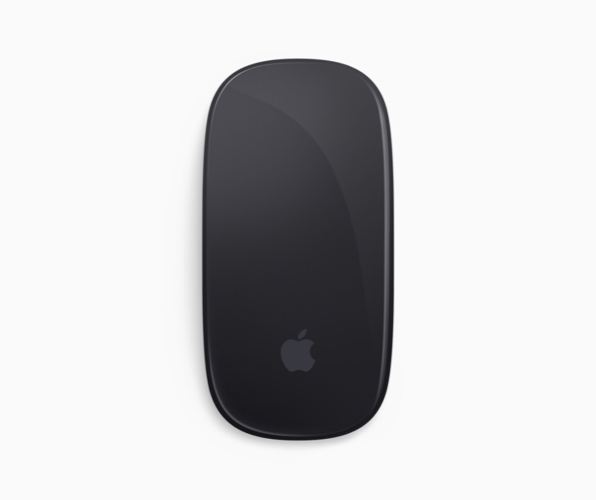|
|
Cassandra - Tuesday Review: Shifting Sands - Apple and its Products in a Changing WorldBy Graham K. Rogers
There are reports this week that President Trump's new chapter in the fabricated trade war with China will see 25% tariffs applied more widely and that Apple is likely to be affected by this (Ben Lovejoy, 9to5 Mac). The share price dropped at the start of the week, but then recovered a little. Some are hoping that this talk of higher tariffs is just Trump bluster: a negotiating tactic. However, as this number was earlier said to be critical for Apple, we could see the company move some of its operations away from mainland China to other countries. Taiwan is possible of course as Foxconn have operations there; also India as that might help Apple's difficulties in trying to pry open that huge potential market; but there would also be pressure to move some more manufacturing to the USA, which is not going to help reduce costs at all. That victory in phones may not carry over to other products, or to other markets. Sales of the iPad increased and (having bought another myself recently) this is not a surprise, and will affect Mac sales to an extent. However, despite what some want to happen, iOS is not macOS, although there is to be some closer development of apps (more on this below). In the conference call, Tim Cook was tight-lipped about the QUALCOMM settlement as the secrecy of the numbers was part of the agreement. However, by Thursday, QUALCOMM had apparently released the figures in a legal filing ($4.7b) and this was all over the Internet. Compared with the figure that Apple was after at the start of the aborted court case, this seems low.
I despise those analysts who only examine Apple as a short term investment, so I often quote the 10 year chart which shows an almost inevitable rise in the share price, with the occasional dip. And then the slope continues upwards. I note that the World Economic Forum also showed a similar chart when it had a recent look at Apple in the 21st Century. The chart not only has an overall look but shows the rise and fall (iPod) of all product lines, with the Mac growing ever so gently still, but way beneath the iOS devices and services.

The results were interesting as these random selections performed better than the choices of some highly-paid analysts. The full article is behind a paywall. I don't normally link to such content, but this seemed significant enough in the light of the cavalier attitude many analysts have towards Apple. As well as Wall Street, there has been some wringing of hands in the tech press of late about where Apple is headed, with the consensus being, Nowhere. There has been criticism about the relative blandness of the product line and its evolution; with additional comments related to the poorer quality, especially with the butterfly keyboard. Although I read and reread what I write, you may find a word or two with the character "N" missing. Other users have keyboards with worse problems.
I wrote a review of Waterlogue and updated not long after midnight. It was easy to work with although I had a couple of problems with the large images I work with. The RAW photos from my Nikon are around 95MB each and my iCloud settings mean that the full size file may have to be dowloaded if needed in other apps. The link between Photos and Waterlogue was not working smoothly with some of the older images: those I had taken a couple of days ago, and images from sources like the iPhone were fine. I have also experienced problems with editing apps on iOS when I try to access images in iCloud.

Waterlogue Image - iPhone Photo of Newly-arrived Film
There will be other new features for iOS and macOS announced at WWDC. Some will not be announced exactly, but if you look at the slides that are shown when the presenter (Craig Federighi?) discusses new technologies, there will be a significant list there. As well as Marzipan, there has been some discussion over the shortcuts that we use. Many are familiar with Apple Script and some have used Automator; but with changes in Apple, plus the new Siri shortcuts on iOS, it is expected that some changes are in the pipeline. Jason Snell (6 Colors) discusses some of the points involved with this potential "automation schism". It is not as if current automation will disappear, but there may be some bridging which also seems to be part of the idea behind Marzipan. And who knows where the closer methods of working on the two systems will lead to?
Vaguely related is a story by Matt Hanson (TechRadar), that I saw early Monday morning, in which puts forward an argument for the purchase of AMD by Apple, to go with the 20 or so companies Apple has already picked up this year (Chris Potuck, 9to5 Mac). The idea has been suggested before, usually when Wall Street is theoretically trying to spend Apple's cash, but Hanson does add the idea that Apple is less than happy with the performance of Intel processors currently. Another report suggests (hopes for) the long-awaited new MacPro and a 6K external display (Roger Fingas, AppleInsider)
This all makes me weep (figuratively) in the light of Apple's announcement that Aperture will no longer run on future versions of macOS. I knew that the end was inevitable, but the announcement was still a bit of a jolt. The arrival of the Nikon D850 forced me to move most operations to Photos, although I did examine several alternatives before shrugging my shoulders and accepting that option. Aperture does not support the latest RAW files from the D850. However, I have several years of images from D70, D7000 and iOS devices all carefully stored on external media which I will now have to reorganize and work with: cue procrastination. It will be possible to import to Photos, but as they are already organized in separate libraries on a hard disk, I could either export as original files and start again - perhaps with additional libraries in Photos - or use another app, such as Hasselblad Phocus or Luminar 3, both already installed on the Mac.


Graham K. Rogers teaches at the Faculty of Engineering, Mahidol University in Thailand. He wrote in the Bangkok Post, Database supplement on IT subjects. For the last seven years of Database he wrote a column on Apple and Macs. After 3 years writing a column in the Life supplement, he is now no longer associated with the Bangkok Post. He can be followed on Twitter (@extensions_th) |
|


 There were some rumors a couple of weeks ago about providing mouse and trackpad support for iOS devices, although it is not clear if this would be a software or firmware change. This week there is a related comment (
There were some rumors a couple of weeks ago about providing mouse and trackpad support for iOS devices, although it is not clear if this would be a software or firmware change. This week there is a related comment (